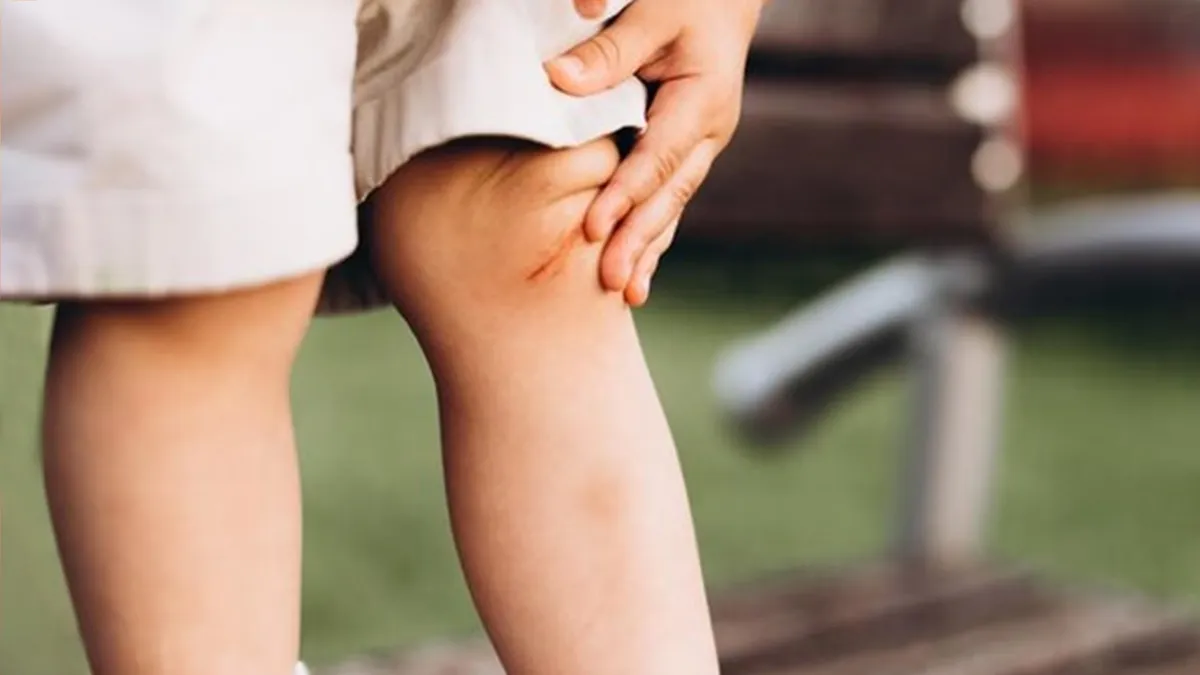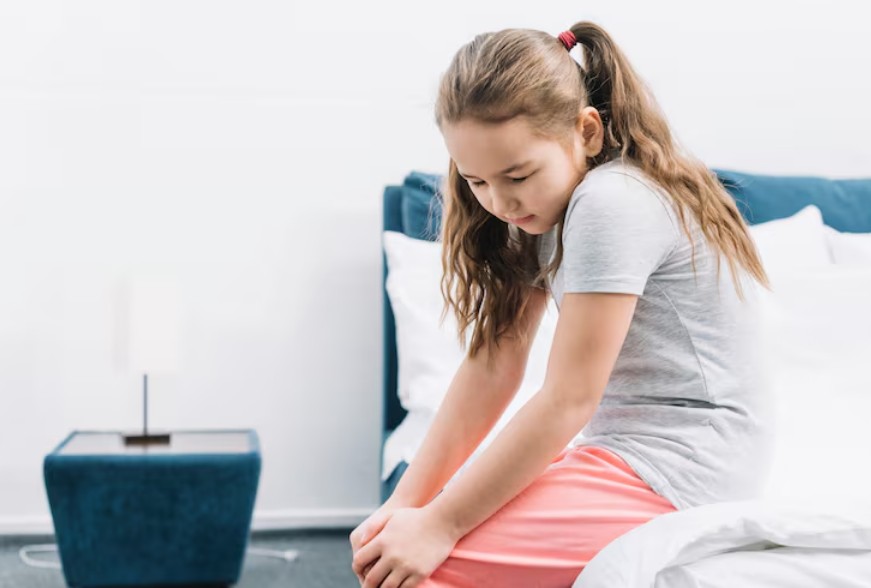
Arthritis is often associated with ageing joints, long working hours, or years of wear and tear. But this assumption, although widespread, is misleading. Children can and do develop arthritis, and when it occurs before the age of 16, it is medically referred to as Juvenile Idiopathic Arthritis (JIA). Despite being one of the most common chronic conditions in children, it remains shrouded in myths, leading many parents to overlook early symptoms.
According to Dr Rajesh Kumar Verma, Consultant – Orthopaedics, Manipal Hospital, Ghaziabad, the lack of awareness around childhood arthritis often delays timely diagnosis. “Parents rarely consider arthritis as a possible cause of persistent pain in their child, which means symptoms are ignored until mobility begins to decline,” he notes.
JIA is an autoimmune condition, meaning the child’s immune system mistakenly attacks healthy joint tissues. This leads to inflammation, swelling, stiffness, and discomfort that can last weeks or even months.
Unlike temporary aches caused by minor injuries or growth spurts, arthritis-related pain tends to worsen after periods of rest, such as waking up in the morning. Many children may limp, avoid certain movements, or grow unusually quiet about their discomfort simply because they cannot articulate what they are feeling.

Misconceptions play a major role in delayed treatment. Some widely believed myths include:
Dr Verma stresses that these misconceptions can be dangerous. “Arthritis in children is not a passing phase. Ignoring the early signs increases the risk of long-term joint damage,” he says.
Don't Miss: Anti-Obesity Day: How Obesity Takes A Toll On Your Mental Health, And Tips To Manage It

JIA symptoms can vary, but some classic indicators include:
Left untreated, JIA can lead to joint deformities, growth issues, chronic pain, and long-term disability.

Early medical intervention can significantly improve a child’s quality of life. Treatment usually focuses on reducing inflammation, preventing joint damage, and supporting normal physical development. Depending on severity, children may require anti-inflammatory medications, immunomodulatory therapies, or physiotherapy to maintain strength and mobility.
Dr Verma emphasises that early action is crucial: “The sooner the condition is identified, the better the chances of preventing irreversible complications.”
Arthritis is not an ‘old person’s disease’; it affects children, too, often silently and gradually. With early diagnosis, proper treatment, and awareness-driven parenting, children with JIA can lead active, healthy lives. Dispelling myths is the first step towards ensuring they get the support and care they need.
Don't Miss: Your Bones Need More Than Calcium: Expert-Backed Tips for Strong Bone Health
Keep reading Herzindagi for more such stories.
Image Courtesy: Freepik
Our aim is to provide accurate, safe and expert verified information through our articles and social media handles. The remedies, advice and tips mentioned here are for general information only. Please consult your expert before trying any kind of health, beauty, life hacks or astrology related tips. For any feedback or complaint, contact us at compliant_gro@jagrannewmedia.com.